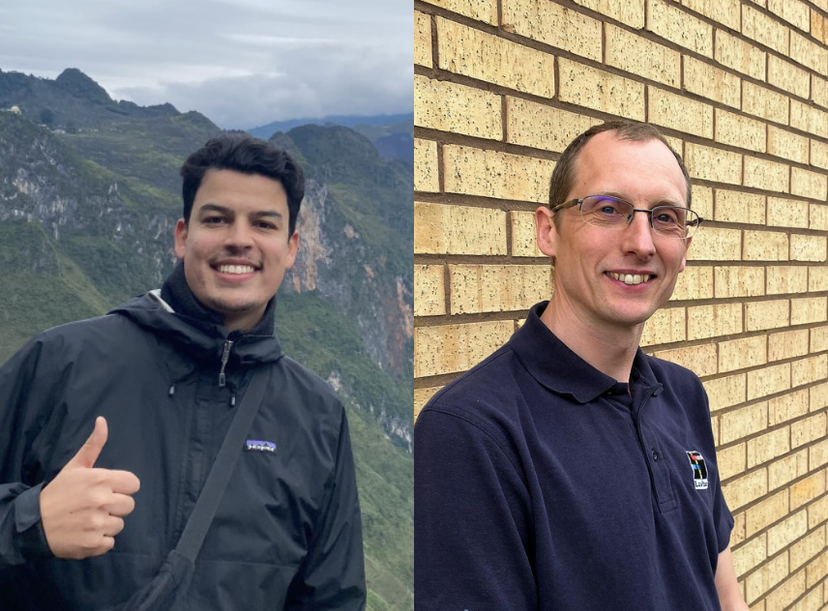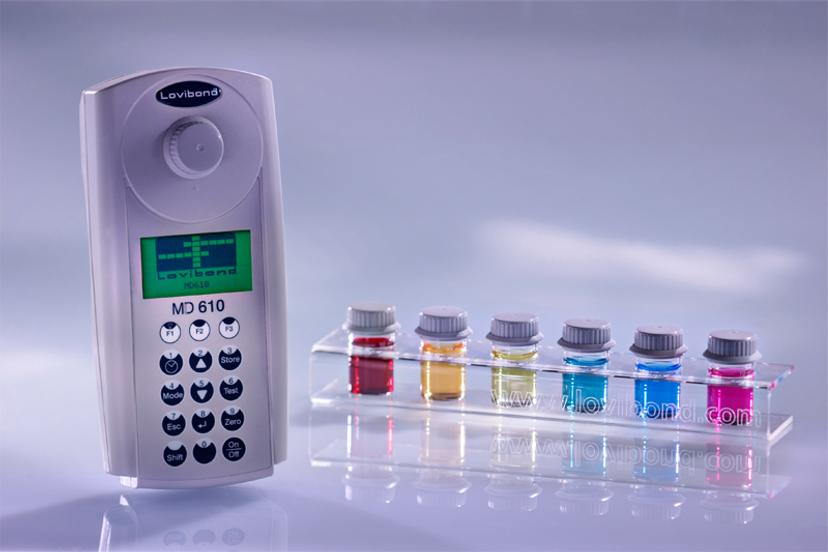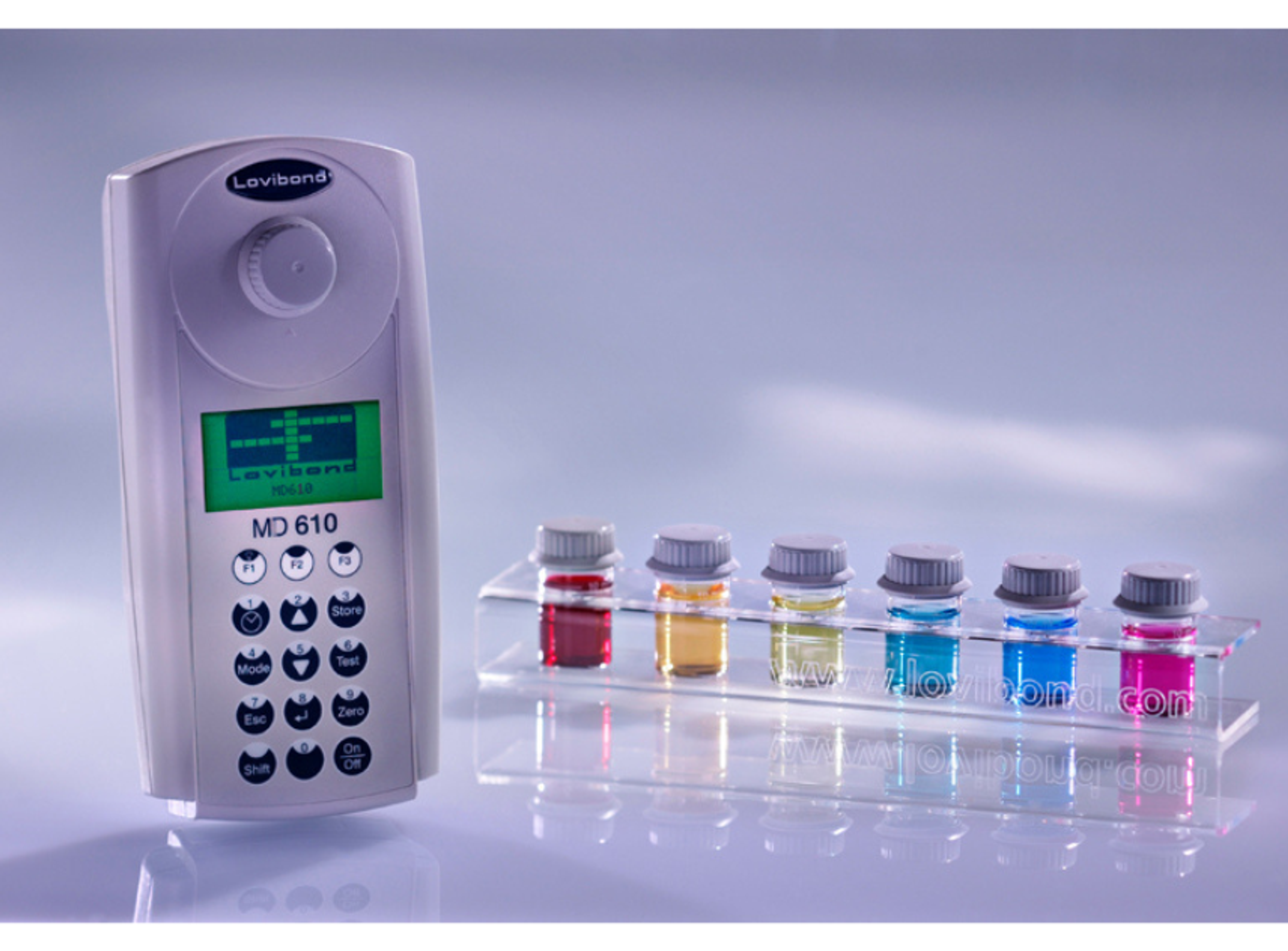How citizen science is helping tackle river pollution
Armed with portable water testing kits, volunteers are transforming the way we monitor and protect our rivers
1 Jan 2025

(left) Keir Smith, volunteer and catchment coordinator for the Western Sussex Rivers Trust (WSRT), (right) Matt Smith, Sales Manager at Lovibond
Rivers are in crisis. According to the 2024 State of Our Rivers report, not a single stretch of river in England is classified as being in good health. The latest findings – using data from the Environment Agency – also paint a bleak picture. Since the last report in 2019, the health of more river stretches has deteriorated than improved. Adding to the concern, river monitoring efforts have also reduced, with nearly 6% fewer river stretches assessed for health compared to 2019.
The decline in river sampling is alarming, as the greatest barrier to understanding – and improving – the health of our rivers is the lack of reliable data. However, growing awareness of river pollution has motivated communities to step up. Armed with the right tools, these citizen scientists have the potential to bridge the data gap and drive meaningful change.
A community-led approach
Keir Smith is the volunteer and catchment coordinator for the Western Sussex Rivers Trust (WSRT), a small but passionate team that supports community-led initiatives to protect and restore riverscapes. “The environment agency just doesn’t have the same resources and capacity to monitor rivers in the way they used to,” he says. “For most of our rivers, streams, and tributaries, we just don't know their condition – which is vital for their management.”
To address this, WSRT is working within a larger national project called the Catchment Systems Thinking Cooperative (CaSTco) to bring volunteer citizen scientists to the forefront of river ecosystem stewardship. The project aims to create a standardized framework for citizen science monitoring of rivers, streams, and freshwater systems, with the data across multiple catchments pooled into a single source of information.
“We have around 130 citizen scientists monitoring 150 sites and have completed around 800 surveys since January,” Keir enthuses. “Our focus now is on retaining those volunteers and reviewing the data to ensure it can be used effectively with our partners.”
Better coverage, but how reliable is the data?
Citizen science initiatives like CaSTco hold great promise for improving river health by generating extensive, long-term datasets that can shape policy, guide government actions, and foster collaboration with landowners and organizations to rejuvenate riverscapes. However, challenges remain in gaining acceptance for integrating citizen science data with traditional datasets, primarily due to concerns about data quality assurance.
“Much of our current work focuses on lower-tier surveillance, relying heavily on citizen science,” says Keir. “While this allows us to cover more ground and monitor more rivers, the stigma around citizen science data persists. There’s skepticism about data collected by volunteers versus trained scientists or Environment Agency officers.”
A major challenge lies in balancing the affordability, accessibility, and robustness of testing equipment for volunteers. At WSRT, volunteers are equipped with basic testing kits to monitor key water quality indicators such as phosphates, nitrates, turbidity, temperature, and total dissolved solids. They also document visible pollution, wildlife, and river characteristics.
“We want to equip as many volunteers as possible to cover a large area, but cheaper kits often lack robustness, which can affect the data’s usability,” he says. “Our volunteers are passionate and want their data to drive change, whether influencing policy or prompting action from authorities like the Environment Agency or water companies. To achieve this, we need quality assurance mechanisms.”
Verifying citizen science data with ‘higher tier’ water testing tools
One way Keir’s team is assessing the quality of citizen science data is by comparing it with Environment Agency or laboratory data at the same sites. However, they are also looking to implement more advanced in-field testing equipment to precisely quantify river quality attributes.

Lovibond’s® MD610 instrument – a multi-parameter photometer capable of measuring a wide range of analytes, including metals, nitrogen compounds, halogen compounds, organic compounds, and other critical water quality parameters
To this end, the team recently acquired Lovibond’s® MD610 instrument – a multi-parameter photometer capable of measuring a wide range of analytes, including metals, nitrogen compounds, halogen compounds, organic compounds, and other critical water quality parameters.
“While we typically use ‘tier zero’ observational methods or ‘tier one’ basic kits like dipsticks, the MD610 allows us to step up to ‘tier two’ or even ‘tier three’ monitoring,” says Keir. “For example, it provides precise readings for nitrates, phosphates, and other analytes, rather than our dipsticks, which only indicate broad ranges like 5 or 10.”
The MD610 has already proved valuable for verifying results and investigating specific areas of concern highlighted by citizen science monitoring. “If our basic kits indicate a potential issue or hotspot, we can deploy the MD610 to gather more reliable and detailed data,” says Keir. “This not only improves the credibility of our citizen science data but also supports its acceptance in driving positive environmental action.”
The value of multi-parameter field testing
Beyond offering much greater precision, a primary advantage of the MD610 lies in its ability to monitor a wide range of water quality parameters. “With single-analyte instruments, if you want to increase your testing regime or scope, you need to invest in additional equipment and reagent kits,” explains Matt Smith, Sales Manager at Lovibond. “In contrast, the MD610 is pre-programmed with over 120 water testing parameters and ranges, including tests for phosphate, turbidity, ammonia, nitrate, and many others.”
This makes it a powerful all-in-one solution for diverse applications, including drinking water treatment, disinfection control, and pool water management. “Data can be transferred via Bluetooth™ directly from the field, and while some tests require following a detailed process, users typically become proficient quickly,” says Matt. “Even volunteers or non-scientifically trained individuals use it regularly for wastewater testing at manufacturing sites. It’s very versatile.”
Getting the most out of the equipment
The MD610 has already been successfully utilized by other river trusts, including the Norfolk Rivers Trust, for catchment-based surveillance to monitor nitrate and phosphate levels across regions like the River Cam and the Ely and Ouse catchments. Here, a similar approach of combining farming and community group surveillance with follow-up testing has been applied to validate results and ensure data accuracy.
Part of the project’s success stemmed from the support Lovibond provides its users. “We offer training sessions, which can be face-to-face or online via Teams, and we also have an online training portal,” explains Matt. “The portal covers everything from basic operations – like pressing buttons and adding reagents – to advanced topics, such as the physics behind color testing, understanding color scales, and working with concentration ranges.”
Whitepapers are also available for specific applications, while method guides have been redesigned with pictorial instructions and step-by-step icons for easier navigation. “Some of our equipment, like the MD610, offers on-screen hints and prompts for steps such as zeroing the device or waiting for reaction times,” adds Matt.
Lovibond also offers lower-tier testing solutions, such as the CHECKIT® Comparator tests, which are a great option for citizen science initiatives. “This simple visual kit doesn’t require batteries or power, making it ideal for field use,” shares Matt. “While it doesn’t offer the same resolution or range as the MD610, it covers key tests like nitrate, phosphate, ammonia, and chlorine, providing better results than basic test strips.”
“We also have microbiology kits for measuring microbial activity or specific bacteria like E. coli or enterococci, which can indicate fecal contamination,” he adds. “These tests require incubation, so they’re not immediate – you often get results within 24–36 hours – but they’re faster than sending samples to a lab, which can take five or six days.”
The next steps to empower stewardship
Community-based river monitoring represents a powerful approach to environmental stewardship, but it is crucial that this data is trusted and utilized. Combining volunteer-collected data with mid-tier equipment is essential to validate the efforts of citizen scientists and build a weight of credible evidence.
“Moving forward, we want to refine what kits work best for us, explore ways to engage volunteers effectively, and present data in more accessible formats,” says Keir. “The current data, like that from the Environment Agency, can be overwhelming and inaccessible to most people. We aim to simplify it into digestible formats like scorecards, traffic light systems, or dashboards, so anyone can easily understand their river's health.”
This, he hopes, will empower communities to take action, whether by lobbying for change or participating in conservation efforts. He also anticipates that with high-quality equipment, citizen science data will gain greater acceptance and complement professional monitoring. “Collaboration with water companies and agencies is key to integrating citizen science data into broader environmental efforts,” he concludes. “We’re just getting started, but with momentum and innovation, we’re optimistic about what the future holds.”
“On our side, Lovibond will continue to evolve its equipment based on user feedback and emerging environmental needs,” says Matt. Priorities include enhancing ease of operation with intuitive interfaces, improving data sharing through cloud-based tools and mobile apps, and increasing instrument durability. “We’re also focused on reducing waste and minimizing the use of hazardous reagents. For instance, we’ve developed a range of ‘green chemistry’ reagents that are free of hazards or irritants. We're working hard to ensure we stay at the forefront of water quality monitoring,” he concludes.

